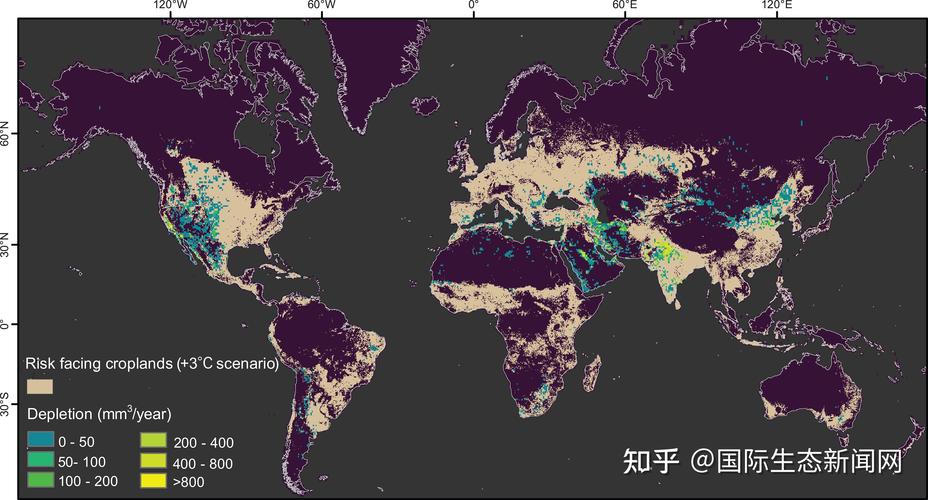The Journey of Economic Growth: Understanding the Engines of Growth
 summary:
The Journey of Economic Growth: This article delves into the engines of growth, examining...
summary:
The Journey of Economic Growth: This article delves into the engines of growth, examining... The Journey of Economic Growth: This article delves into the engines of growth, examining the various factors that drive economic progress. It highlights the importance of understanding the complex interplay between these factors to effectively shape and steer a country's economic trajectory.
In today's interconnected world, economic growth remains a pivotal aspect of societal development and progress. It is a multifaceted phenomenon that encompasses various factors contributing to the overall expansion of an economy. As we delve into the intricacies of economic growth, it becomes evident that understanding its engines is crucial for sustainable development.
What is Economic Growth?
Economic growth is a measure of an economy's overall output, typically expressed as the increase in gross domestic product (GDP) over time. It reflects the value of all final goods and services produced within a country during a specific period. Growth occurs when the production of goods and services expands, leading to increased income and employment opportunities.
Engines of Economic Growth
The engines of economic growth are the factors that drive an economy's expansion. They are diverse and interconnected, contributing to overall growth in various ways. Here are some key engines of economic growth:
1、Technology and Innovation: Technology plays a pivotal role in economic growth by enhancing productivity, efficiency, and competitiveness. It drives innovation in various sectors, leading to the development of new products, processes, and services. This, in turn, creates new job opportunities and increases overall productivity, contributing to economic growth.
2、Human Capital: The skills, knowledge, and abilities of the workforce are crucial for economic growth. As human capital improves, it leads to higher productivity, better quality of output, and greater innovation. Investing in education and healthcare is essential for developing human capital and promoting economic growth.
3、Infrastructure Development: Infrastructure, including transportation, energy, and communication systems, is a critical component of economic growth. It facilitates the movement of goods and services, enhances productivity, and reduces the cost of doing business. By investing in infrastructure, a country can significantly boost its economic growth.
4、Private Investment: Private investment is a major engine of economic growth. It fuels capital accumulation, creating new job opportunities and expanding production capacity. When businesses invest in new machinery, technology, and training, it leads to increased productivity and competitiveness, contributing to overall economic growth.
5、Trade and International Relations: Trade, both imports and exports, is a significant driver of economic growth. It allows countries to specialize in their areas of strength and access markets beyond their borders. By fostering strong international relations and trade agreements, countries can expand their trade opportunities, leading to increased economic growth.
6、Government Policies: Government policies play a crucial role in shaping an economy's growth trajectory. Policies that encourage innovation, private investment, and trade facilitate economic growth. Conversely, policies that hinder these factors can impede growth. Therefore, it's essential for governments to create an enabling environment for economic growth by formulating effective policies.
7、Demographics: The age, sex, and population growth rate demographics influence economic growth. A young population with a high growth rate tends to have more productive power and contributes to economic growth by engaging in work and consuming goods and services. Conversely, an aging population may require more healthcare resources and have lower labor participation rates, affecting economic growth negatively.
Conclusion
Economic growth is a multifaceted phenomenon driven by various engines that contribute to an economy's overall expansion. Understanding these engines is crucial for sustainable development as they provide insights into how economies grow and what factors can facilitate or hinder growth. By focusing on these engines and creating an enabling environment for economic growth, countries can achieve sustained and inclusive economic development.
\nThe Role of Innovation in Economic Growth
Innovation has always been a driving force behind economic growth, playing a pivotal role in the development of societies across the globe. As technology advances and the world becomes more connected, the role of innovation in economic growth becomes even more critical.
What is Innovation?
Innovation is the process of introducing new ideas, methods, or technologies that are unique and have value in society. It involves creating something new that improves efficiency, productivity, or quality of life. In the context of economic growth, innovation plays a significant role in driving productivity improvements, creating new job opportunities, and boosting overall economic activity.
How Does Innovation Drive Economic Growth?
1、Productivity Improvements: Innovation leads to the development of new technologies and processes that enhance productivity in various sectors. By automating tasks or improving production methods, businesses can increase their output without adding more resources or labor. This results in higher profits and greater efficiency.
2、Creation of New Industries: Innovation often leads to the emergence of new industries or sectors within an economy. These new industries create job opportunities for skilled workers and attract investments from both domestic and foreign sources. As these industries grow, they contribute significantly to overall economic growth.
3、Attraction of Talent: Innovation requires skilled talent to implement new ideas and technologies effectively. As businesses invest in innovation, they attract talent from across

